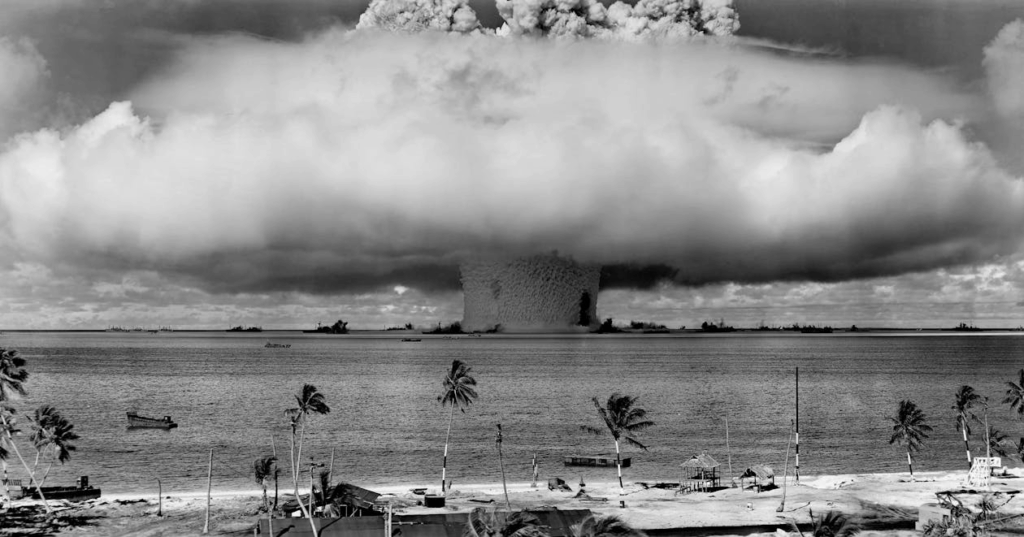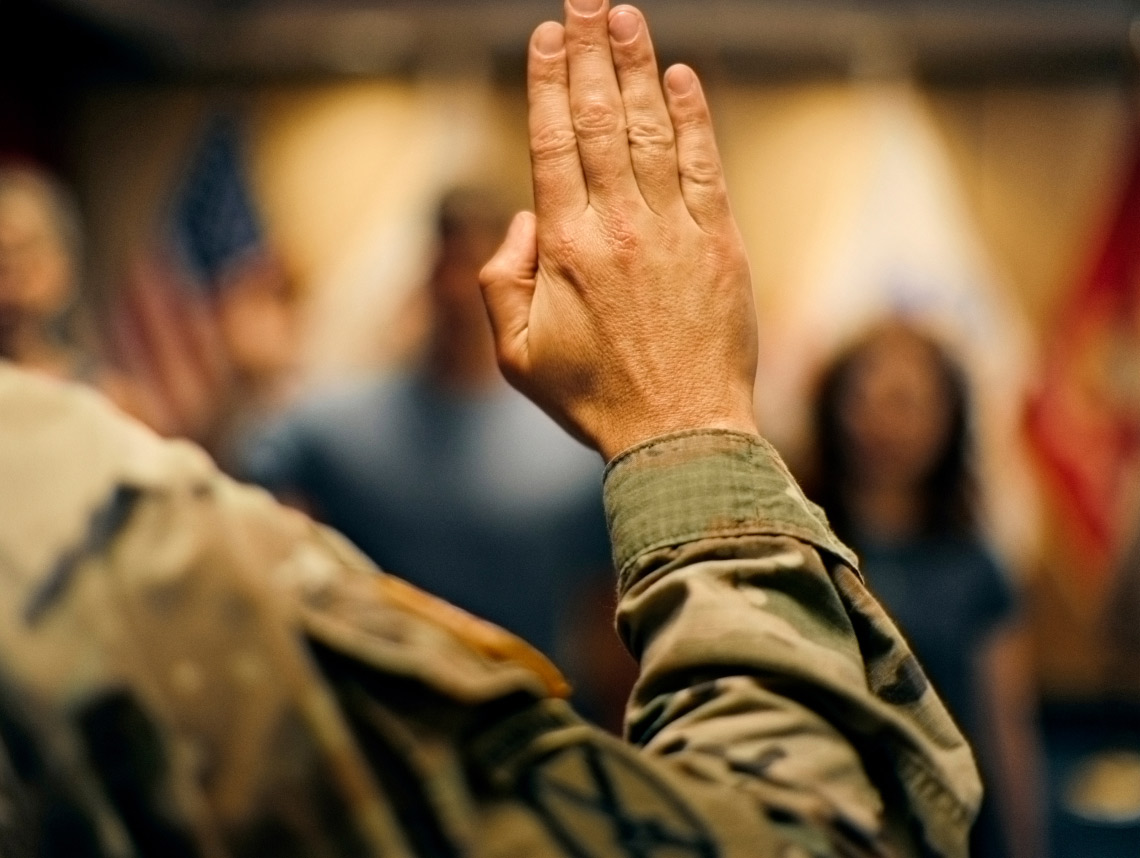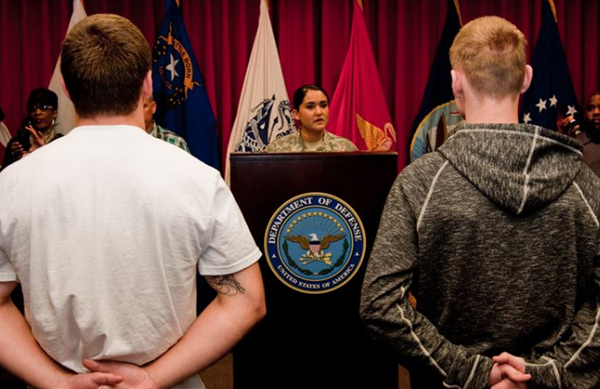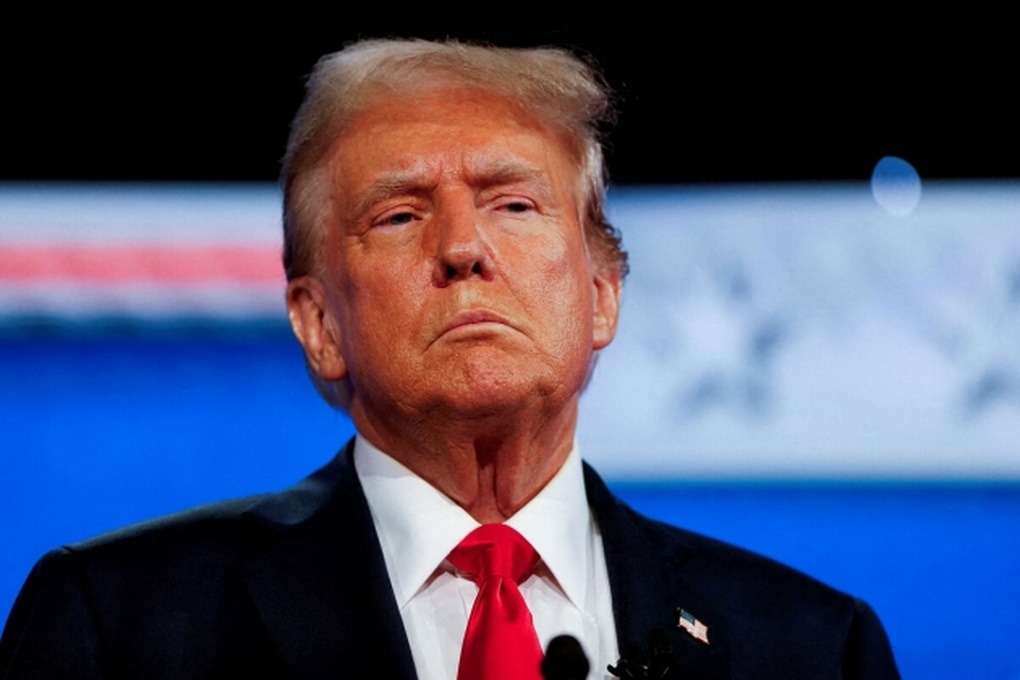Searches for “U.S. draft rules” and “World War III” have seen noticeable increases, particularly following heightened tensions in global hotspots. While the United States currently maintains an all-volunteer military force, official mechanisms remain in place to reinstate the draft if Congress declares a national emergency. This article explores the facts about how the Selective Service System works, who would be eligible, and what legal and logistical steps would follow if a draft were activated.

The U.S. Military Draft: Historical Background
The U.S. draft system was last used during the Vietnam War and was officially suspended in 1973 when the country shifted to an all-volunteer military force. The system, however, was not abolished. According to the Selective Service System, all male U.S. citizens and certain non-citizens between ages 18 and 25 must register within 30 days of their 18th birthday. This policy remains in effect as a precautionary measure should conscription need to be reactivated.

Who Is Required to Register?
Under current law:
- Men aged 18–25 must register for Selective Service.
- This includes U.S. citizens, permanent residents, asylum seekers, refugees, and undocumented immigrants.
- Transgender individuals assigned male at birth are required to register, regardless of gender identity.
- Women are not currently required to register, although there have been discussions in Congress about potentially changing this policy, particularly after the Department of Defense opened all combat roles to women in 2015.
(Source: U.S. Selective Service System)

How Many Are Registered?
As of the most recent figures from the Selective Service System, approximately 16.4 million men between the ages of 18 and 25 are registered. These individuals represent the draft-eligible population if the system were activated. By comparison, the U.S. currently maintains a voluntary military force of about 1.3 million active-duty personnel and an additional 800,000 in reserve components (Source: U.S. Department of Defense).
Activation of the Draft: Legal and Procedural Steps
If a national emergency required a return to conscription:
- Congress would need to pass legislation reinstating the draft by amending the Military Selective Service Act.
- The President must sign the law, officially authorizing the activation.
- The Selective Service System would have up to 193 days to transition from registration to induction (Source: SSS Annual Report).
- This multi-phase approach includes lottery selection, physical and mental evaluations, and final induction into military service.
The Draft Lottery System: How It Works
The modern draft would replicate the lottery-style process used during the Vietnam War. A national lottery drawing would be held, assigning priority based on birthdates:
- Men aged 20 are the first to be called.
- Followed by 21-year-olds, then 22, continuing to age 25.
- If more draftees are required, officials may include those turning 19 or 18.5.
Each birthdate is randomly assigned a number between 1 and 365. Those with the lowest numbers are called first. Equal representation is ensured across all U.S. states and territories (Source: National Archives Vietnam Draft Records).

What Happens After Selection?
Selected individuals receive induction notices and report to Military Entrance Processing Stations (MEPS). Here, they undergo a series of evaluations:
- Medical exams
- Mental health screenings
- Drug testing
- Background checks
Individuals may request deferments or exemptions at this stage. For example:
- College students may request a delay until the end of the current academic year.
- Individuals with certain family responsibilities or medical conditions may qualify for exemptions.
- Conscientious objectors can request non-combat or civilian service assignments (Source: Congressional Research Service).
Consequences for Not Registering
Failure to register is a federal offense. Penalties include:
- Up to five years in prison
- Fines up to $250,000
- Ineligibility for federal student aid
- Disqualification from federal employment
- Denial of U.S. citizenship for immigrants
- Ineligibility for state-funded education programs in over 30 states
These policies aim to enforce compliance and maintain readiness in the event of an emergency (Source: Selective Service Compliance Fact Sheet).

Draft Exemptions and Alternative Assignments
Exemptions are based on well-established criteria, including:
- Medical conditions, such as chronic illness or physical disability
- Mental health concerns
- Family hardship, such as being the sole caregiver for dependents
- Religious or moral objections, qualifying for conscientious objector status
Those approved as conscientious objectors may be assigned to alternative service programs in areas like health care, community service, or administration (Source: Selective Service System Alternative Service).
What Roles Would Draftees Be Assigned?
Not all draftees would serve in combat. Historical data suggests:
A significant percentage would be placed in non-combat support roles, such as:
- Logistics
- Communications
- Clerical support
- Medical services
These positions are essential for sustaining military operations and account for much of the personnel required in large-scale deployments.

How Likely Is a Draft in the Near Future?
Although registration remains mandatory, the possibility of reinstating a draft is low under current circumstances. The U.S. military has successfully maintained operations as an all-volunteer force since 1973. According to Department of Defense data, recruitment goals have been largely met in recent years, although some service branches have reported occasional shortfalls.
Reinstating the draft would require significant political, legal, and public support. Historical precedent shows that even during major conflicts like Vietnam, many draftees received deferments or alternative service assignments. The actual number of individuals inducted would likely be much smaller than the number registered.

Final Thoughts
The Selective Service System is a preparedness measure, not an active draft mechanism. While global tensions may raise public concern, reinstating conscription in the U.S. would require a national crisis, congressional approval, and extensive logistical planning. Until such a scenario arises, registration remains a legal obligation but does not equate to active military service.
For accurate and current information about U.S. draft policies, visit the official Selective Service System and Department of Defense websites.
